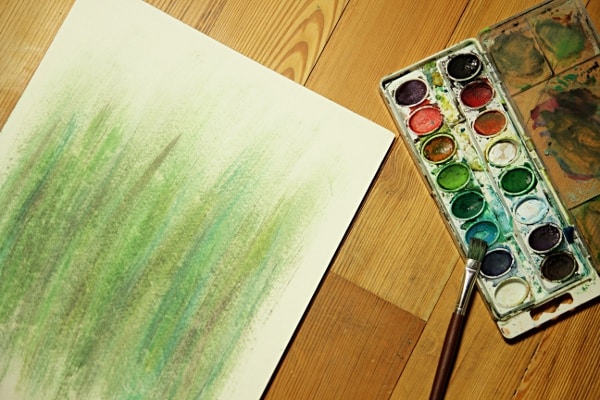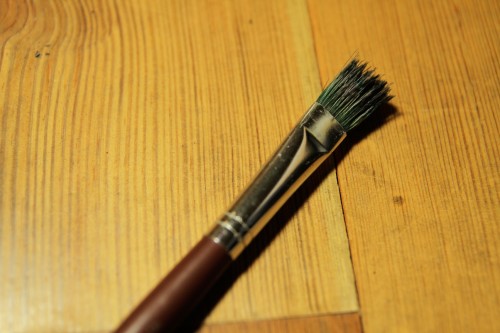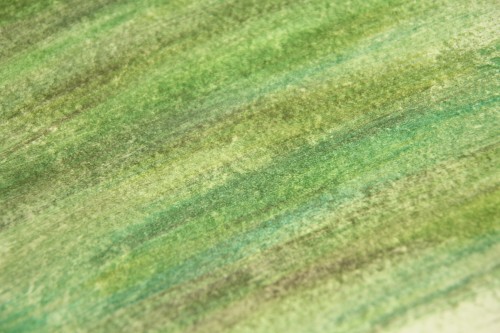Living Life in the Here and Now

I like taking photos. I really like taking photos. I have taken tens of thousands of photos in my life, many of them over the course of the past three years. There is some human desire to capture and save moments of our lives, experiences, places, and people, and relive them. Today’s technology allows for people to capture life in the form of photographs at an almost unimaginable rate. In January of this year, Facebook reported that a record breaking 750 million photos were uploaded to Facebook over the course of a single weekend. Printed and put into physical photo albums, the resulting stack of all of the albums would be taller than six Mount Everest’s placed on top of each other. All from one single weekend.
While I do enjoy taking photos, there is also something to be said about not taking photos. When I hold a camera in my hand, or even just have a camera in my possession, I am unable to be fully present in the moment. There is always a bit of me asking “Should I take a picture of that? Will I ever see that again? How can I share this with my friends?” IÂ am not completely experiencing life in the here and now. I feel a moment I will never experience again has slipped away. Over the past few years I have been wrestling with a balance between taking photos and not taking photos. Leaving my camera at home for some outdoor excursions and taking it with me at other times seems to be a decent compromise.
As environmental educators, we each bring with us different life experiences, skill sets, and knowledge bases.
From February 19th to the 22nd, I participated in the second part of the Instructor Exchange which was hosted by Wilderness Awareness School (WAS) and IslandWood, two other non-profit organizations with environmental education-focused missions located in Washington state. I brought my camera along to document the experience for myself and to help communicate what happened at the event with others.
After arriving at WAS, I grabbed my camera and took a few photos during the opening activity. I was excited to document what I knew would be an amazing event. However, taking photos did not feel right. It felt intrusive and impersonal, like I was putting a filter on how I interacted with the group, creating a barrier that limited communication and prevented me from participating fully. Soon after this personal realization, I put my camera back in its case and did not touch it for the rest of the event. And I am so glad I did. By not using my camera I was able to get the most out of a number of emotionally and educationally powerful activities.
North Cascade Institute, IslandWood, and Wilderness Awareness School each have different teaching methods and tools for inspiring youth to care about the environment.
One of the first exercises we did at WAS was a sensory awareness activity led by several instructor apprentices that allowed us to become more deeply attuned with our surroundings and our inner selves. This activity allowed us to learn about the value of listening, looking, and treading lightly in nature. We used a combination of these skills to explore our surroundings by sitting still and using all of our senses at once, a task that left no room for photos.
The following day, Instructor Exchange participants broke into various workshops to learn and gain new skills as environmental educators. I attended a workshop led by WAS apprentice instructors Steve and Ross about the construction and use of bow drills, a primitive way of starting fires. Concentration, physical stamina, and both hands and a foot were required to come anywhere close to actually starting a fire. While I did not make a fire, I did create a bunch of smoke. If I had been trying to capture the process through photos, I doubt I would have even have gotten as far as I did.
After leaving WAS and traveling to IslandWood’s facility on Bainbridge Island to continue the Instructor Exchange, I worked with a small group of IslandWood, WAS, and North Cascades Institute instructors to skin a raccoon that had been hit by a car. With proper permitting, the raccoon had been collected for educational purposes. I was deeply moved by the beauty of the animal, the teamwork required to complete the task, and the knowledge that youth will benefit from our work by learning more about raccoons through the collected pelt. After photographing the skinning of a river otter for educational purposes earlier this winter, I was happy for the chance to be physically involved in the process.
Music was a dominant theme throughout the Instructor Exchange. Many an hour was spent blending beats from drums with the sweet sounds of guitars, basses, violins, and voices. My hands, free from holding a camera, hungered to play my accordion and I happily obliged. Playing music ranging from spiritual songs to 90’s pop music hits, we stayed up late into the night on several occasions dancing and enjoying the company of good people.
When we blend together our skills and experiences, and recognize and harness our diversity as a group of educators, we are able to paint a rich picture of what we want the future to hold.
While admittedly, I still would have gotten something out of each of these experiences if I was taking photos, I doubt that these memories would be as strong as they are. Keeping my hands, heart, and head in the moment and not worrying about photos made this experience a powerful time for me. I am happy to have sacrificed megapixels and megabytes for unfiltered, genuine memories. As a result, no photos from the actual Instructor Exchange accompany this blog post. Instead, I have chosen to represent my thoughts and emotions through painting, a process that is imperfect, filled with color and feelings. And it might actually be a bit more real than anything a photo could ever capture.
As I continue to wrestle with what the role of photography will be in my life, I plan on taking more trips without my camera. Discovering and learning more about unobtrusive ways to document my adventures has become an unexpected priority for me, especially considering my technology-heavy background in video and audio production. Journaling, painting, and drawing lead the list of mediums to explore.
This September, I will be spending several weeks alone in the wilderness east of the Cascade Range. I plan to use this time to reflect on what I have learned in life so far and thinking about what I need to do next. At most, I will bring a 27-exposure disposable camera with me to help document my time, leaving my 18 megapixel, 2,000 exposure digital camera at home. Maybe, I will not bring a camera at all.





Beautifully put. I have at times missed out on the soul of an event specifically because I had my camera — it’s good to put it down to participate fully whether with other people or not. Your painting is rich and alive.
Nick, what an honest discussion of your struggle with a love of creating amazing images and the need to be totally immersed in the instructor exchange and all the meaningful components. Nice job capturing your point of view!
Nick, you beautifully document the passion that you have for living life to its fullest extent. I’m glad you have your vivid memories of an event that taught you so much about yourself.
I always find myself in this predicament while traveling.
“To find the universal elements enough; to find the air and the water exhilarating; to be refreshed by a morning walk or an evening saunter… to be thrilled by the stars at night; to be elated over a bird’s nest or a wildflower in spring – these are some of the rewards of the simple life.” ~John Burroughs